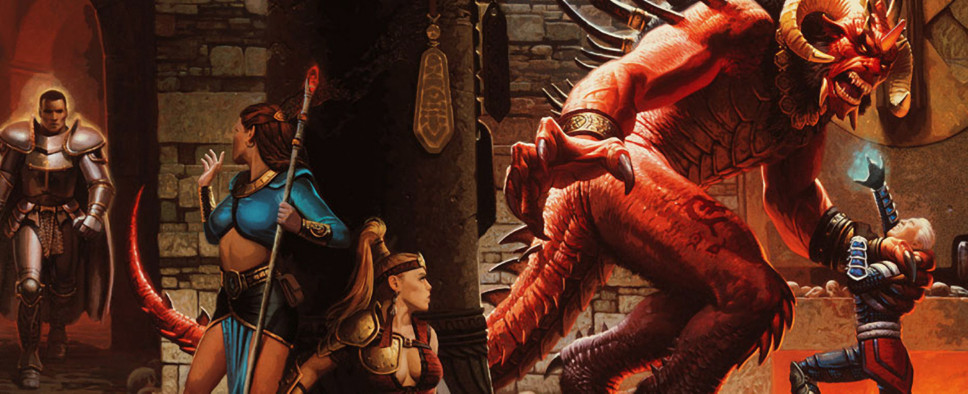Diablo II Retrospective
-
Category: EditorialsHits: 9139

Article Index
Introduction
Way back in 1997, the small but dedicated Blizzard North team released Diablo - a gothic action-RPG about exploring vast, procedurally-generated tunnels underneath the town of Tristram and slaying the demonic Lord of Terror lurking within.
These days, Diablo could be considered a shining example of a roguelite - a game that takes some inspirations from Rogue but doesn’t follow the traditional roguelike formula too closely, or at all.
Back then, though, Diablo’s success spawned an entire new genre of action-RPGs known predominantly as Diablo clones. That success resulted in an even more successful sequel that took Diablo’s ideas and elevated them to an entirely new level, while admittedly losing some of the original’s gothic charm along the way.
And seeing how Diablo II launched way back in 2000, but the genre of Diablo clones is still going strong, we figured we might as well take a closer look at this seminal classic of loot-driven hack ‘n’ slash dungeon crawlers to see how it compares to some of its modern counterparts.
An Obligatory Stay Awhile and Listen Joke Goes Here
At its core, Diablo II is a game about clicking on monsters and getting showered in loot as a reward. This simple formula is surprisingly easy to get wrong, but when executed properly, it becomes highly addictive.
What Diablo II offers in this area is variety. We get items of varying rarity enhanced by numerous randomized prefixes and suffixes. We also get unique and set items that eschew randomness in favor of strong predetermined bonuses. And then on top of that, we also get socketed items that we can manually customize by using special gems and jewels. And if we go even further, we can find runes that essentially act as jewels, but if you use them in the right order, transform your item into a mighty artifact.
The game’s bestiary is also quite diverse, with pretty much every monster possessing some unique feature, be it the lowly Fallen that run away when their comrades fall in battle, the Fallen Shamans that resurrect their less magically-inclined brethren, or the nightmare-inducing Scarabs that respond to you hitting them by producing deadly lightning sparks.
And as opposed to the original Diablo where you explored the caverns and catacombs of a single town, Diablo II offers five expansive acts full of content, quests, and dungeons. And while the general progression through these acts is set in stone, the game’s maps are randomized and feature plenty of optional side areas.
Combine it all together with seven playable classes, each with numerous viable builds, and a strong multiplayer component, and you get a game that can be played for a very long time without getting stale.
When Diablo II launched, it managed to drop at just the right time to resonate with pretty much the entirety of my social circle. Back then, the question wasn’t if you played Diablo II. It was whether you played a Barbarian or a Necromancer.
And coming back to the game after all these years, I was immediately hit with a wave of nostalgia and was able to recite the introductory lines of every first act NPC from memory. The game’s atmosphere is just that strong.
Now, I still maintain that the atmosphere in the original Diablo is stronger, but the second game isn’t nearly as far behind as I remembered. In fact, for years, I was convinced that Diablo II was too fast and lacked the tension of the original. And while that’s still true to some extent, compared to the big action-RPGs of today, its pace is positively glacial.
I mean this in the best way possible. After playing a lot of Path of Exile where a single spell can clear a couple of screens worth of enemies, playing a game where even the common monsters can surround you and pose a threat is refreshing.

